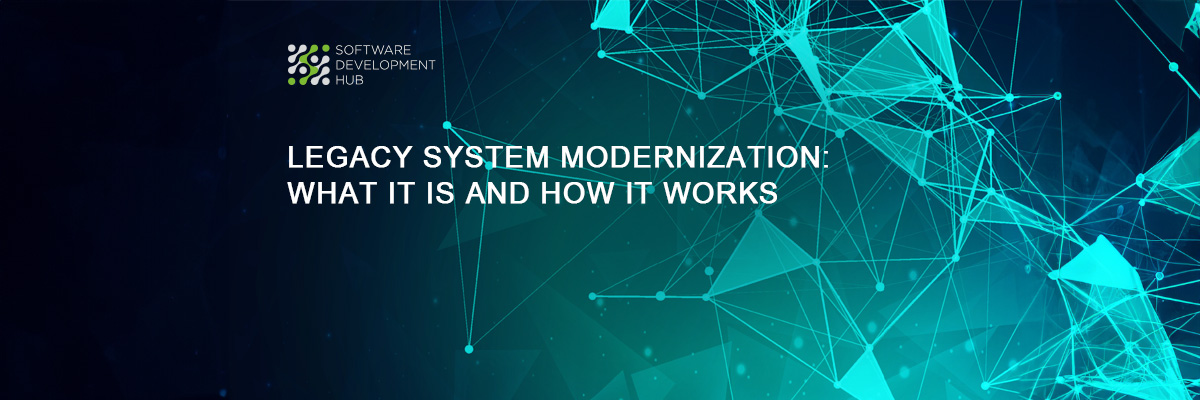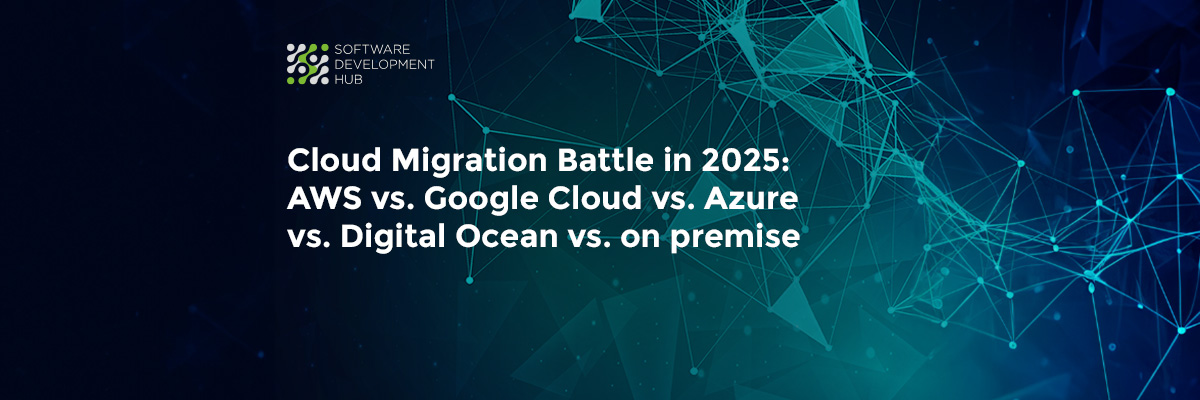5 Emerging HR Operating Models in IT Company
The challenges and opportunities that come with digital transformation, demographic changes, and globalization require us to constantly evaluate and adapt our HR operating models.
HR operating models
Here are 5 new HR operating models that will play an increasingly important role for organizations like IT companies in the coming years:
- The Agile model emphasizes adaptability, flexibility, and speed. It aims to create an organization that is quick to respond to changes in the market and the business environment. Agile HR involves cross-functional teams, continuous improvement, and a data-driven approach to decision-making. The Agile HR Model is based on the principles of the Agile methodology used in software development. It focuses on flexibility, collaboration, and continuous improvement. In this model, HR teams work in short sprints and adapt to changing business needs.
- The employee-centric model puts the employee experience at the center of all HR activities. It aims to create a culture of engagement and empowerment that fosters employee loyalty and productivity. Employee-centric HR focuses on personalized experiences, open communication, and flexible work arrangements.
- The talent management model focuses on attracting, developing, and retaining top talent. It recognizes that a company's success depends on its ability to identify and nurture high-potential employees. Talent management human resources involves robust performance management systems and career development programs.
- Diversity, equity & inclusion model (DEI). This model seeks to create a workplace that is welcoming and supportive of people from all backgrounds. It recognizes that a diverse and inclusive workforce leads to better business outcomes. DEI HR involves proactive recruiting and retention strategies, training and education programs, and metrics to track progress.
- Digital HR model leverages technology to automate and streamline HR processes. It aims to create a more efficient and effective HR function that can focus on strategic activities. Digital HR involves the use of artificial intelligence, analytics, and self-service tools to improve HR operations.
Read also: How to Find and Hire Best Applications Developers?
Strengths and weaknesses of HR models
|
HR Models |
Strengths |
Weaknesses |
|
Agile model |
|
|
|
Employee-centric model |
|
|
|
Talent management model |
|
|
|
DEI model |
|
|
|
Digital HR model |
|
|
Organizations should choose the model that best aligns with their business goals, culture, and values. Human resource leaders and their leadership teams build the operating model archetype for their organization based on the most pressing business needs, employee expectations, the broader organizational context, and the company's core operating model. In large, diversified organizations, HR leaders may find that different archetypes better fit the differentiated needs of specific businesses and may adopt a combination of HR operating models.
HR teams prioritize the three or four most important innovative changes that will lead their functions to their chosen operating model archetype. In doing so, leaders need to consider the strategic HR management priorities and changes needed to create the operating model, given its feasibility, potential implementation speed constraints, and the scope of the changes.
The Software Development Hub company is engaged in the creation of mobile and web applications, desktop software for various areas - telemedicine, education, e-commerce, delivery services, etc. We adhere to the client's business goals by turning ideas into effective, profitable products. The compromise Agile + Waterfall approach provides transparency in project management, it also provides the client with the opportunity to get involved in the process and track the progress of the project.
Categories
Share
Need a project estimate?
Drop us a line, and we provide you with a qualified consultation.









